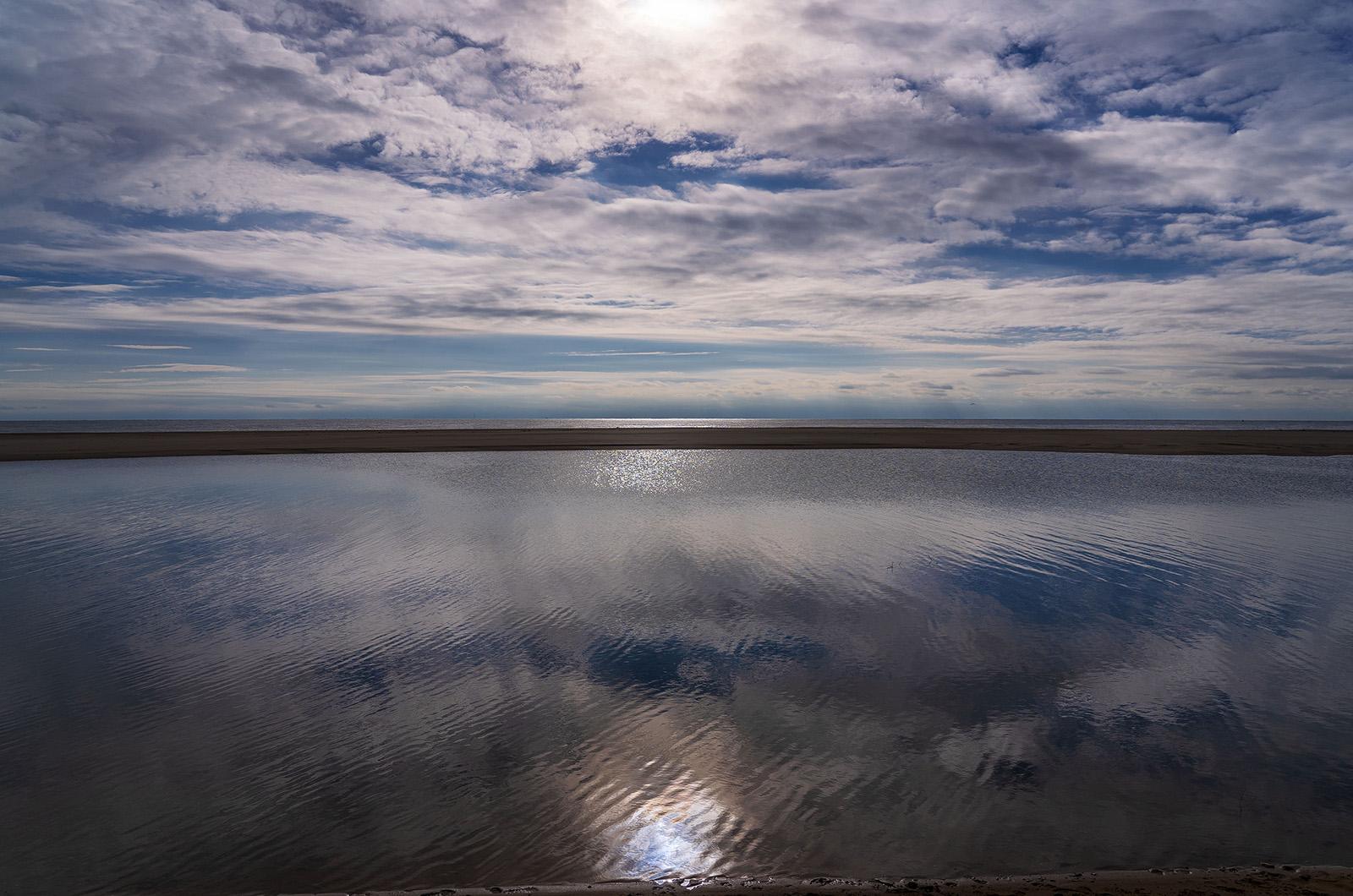Next Monday morning, hours before sunrise there are three celestial objects forming a large triangle in the eastern sky. The waning crescent moon, appears in the zodiacal constellation Scorpius. Look to the left for the bright planet Venus. Look farther east to find the fainter planet Mercury.
The sight of all three together will be impressive. For those with keener vision take another look at the moon and right next to it you'll discover the brightest star in Scorpius and it is called Antares.
Later in the morning, when the sun rises, there will be an occultation of Antares. The moon will pass in front of the star. Only a few astronomers are clever enough to want to observe this. The best view, in the light before sunrise, will take place on the West Coast. The disappearance of the star, behind the moon will take place at 9:46 a.m. our time.
We advise a big word of caution. Pointing any kind of binoculars or telescopoe into the sky after sunrise has risk. You should never point an instrument anywhere near the sun.
The best view for us, for sure will be well before sunrise. It will be a pretty enough sight to remember. And if you miss Monday morning, try Tuesday morning for a slightly different arrangement. The moon will be under both Mercury and Venus, and closer to the horizon.
| Day | Sunrise | Sunset |
|---|---|---|
| Fri., Jan. 5 | 7:08 | 4:25 |
| Sat., Jan. 6 | 7:08 | 4:26 |
| Sun., Jan. 7 | 7:08 | 4:27 |
| Mon., Jan. 8 | 7:08 | 4:28 |
| Tues., Jan. 9 | 7:08 | 4:29 |
| Wed., Jan. 10 | 7:08 | 4:30 |
| Thurs., Jan. 11 | 7:07 | 4:31 |
| Fri., Jan. 12 | 7:07 | 4:32 |
| Day | Max (Fº) | Min (Fº) | Inches |
|---|---|---|---|
| Dec. 29 | 50 | 43 | 0.73 |
| Dec. 30 | 48 | 39 | 0.03 |
| Dec. 31 | 46 | 36 | T |
| Jan. 1 | 39 | 31 | 0.00 |
| Jan. 2 | 41 | 28 | 0.00 |
| Jan. 3 | 41 | 25 | 0.00 |
| Jan. 4 | 42 | 28 | 0.00 |




Comments
Comment policy »